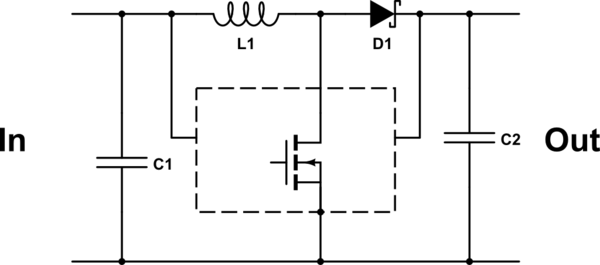I am designing a small mechanical device that makes use of a 12VDC motor. I am trying to stick with components that can be easily sourced from Amazon or other hobby electronics stores so that others can build it themselves. I also chose to power the device with micro usb using a boost converter circuit board to get to the required 12V so users can just use a standard USB wall charger instead of having to use a dedicated 12V power supply.
I need a decent amount of torque at about 1000 rpm that can easily fit in a small space. Initially, I went with this somewhat ubiquitous N20 geared motor, but found the tiny gears were quickly wearing to the point of failure. Now, I’ve opted for the larger 25GA370 geared motor. Strangely, for about half a second after I switch the device on, the new motor spins at about half of its rated RPM before suddenly jumping to full speed.
One potential explanation for this is the boost converter module I’m using limits the output current to 2A, which is just shy of the <2.1A start/stall current advertised for this motor. My expectation was that the motor wouldn’t start at all if this was the issue. Or if it did start, that it would gradually ramp up to the rated speed. In any case, I was wondering if there was a simple explanation for the slow start followed by the sudden jump?

